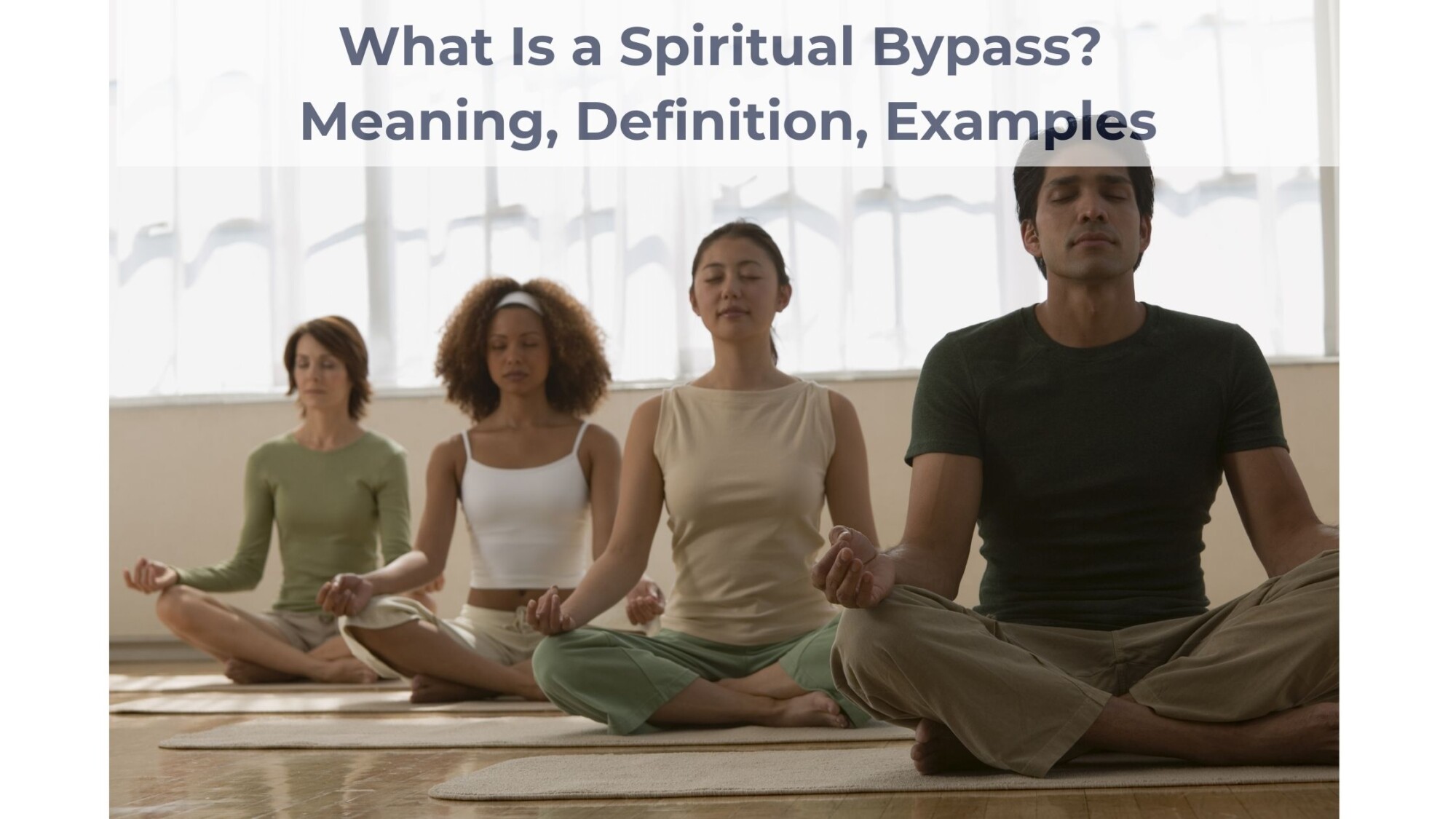Ramana Maharshi wrote regarding awakening: “Other than inquiry, there are no adequate means.” He said that inquiry was simple and direct. “If one inquires ‘who am I,’ the mind will go back to the Source . . . Not letting the mind go out, but retaining it in the Heart . . . ” In the first part of inquiry, the mind returns to its source and then, in order to live, a new location of mind gets established “in the Heart.” This is a good description of open-hearted awareness.
Let’s explore how the looking method works. Inquiry instructions from different traditions say, “Mind will go back to the Source,” “Take the backward step,” “Turn the light around,” and, “Let the mind look at the mind.” The important question here is, what steps back? What turns around? Where is the mind or light that can turn and find the source? Our conceptual, everyday mind cannot know awake awareness. Even attention and our subtle mind, used for mindfulness, cannot find awake awareness. Nevertheless, we have to begin to inquire from where we are now. We will discover that local awareness is able to unhook from our thoughts and find spacious awareness.
The first step in awareness inquiry is to use your thinking mind to understand the words of the question you’re trying to resolve. The next step is to understand how to look, where to look, and what you are looking with. If we use thought to look at thought, we re-create the ego-identification or mental pattern that we’re trying to go beyond. In the open-hearted awareness approach, local awareness looks through or unhooks from the mental pattern of “I.” We can then inquire: “Is there an ‘I’ here? What is its color? Shape? Size?” The result is that no separate looker can be found in any location. When we do not find anything or anyone who is a subject, we begin to experience the spacious awareness that is inherent within our thoughts and sensations.
In this step, we’re discovering the ability of awareness to turn back to know itself rather than to look out and forward at objects in the world. Awareness has to look for itself — and find itself — to be truly liberated. This method of looking is about turning around to peer back through and beyond the observing position of the ego-identity. The location of the observer opens or dissolves as we do this. We cannot stop by looking at the absence of the ego-identity, or the space where the ego-identity used to be. Here, we need to find the awareness that’s always been looking.
Awareness has to look for — and find — itself in order to live from a new ground of Being that’s not ego centered or ego identified. Here, we step out of our everyday mind and discover the awareness that’s always been looking. Spacious awareness has intelligence and intentionality; therefore we can focus, choose, and act from it.
Here’s a short description of the awareness-inquiry process: You can start by unhooking local awareness from thinking, then shift to becoming aware of spacious awareness. You are making the first U-turn (or You-turn) in awareness and identity, in which you turn away from looking out at the world and have awareness turn around and look back through the looker to find itself. The result is that you may discover that awareness is already aware of itself, by itself. Once you’re established in awake awareness, you can make the second You-turn to view and include the contents of your mind and body from the perspective of a transcendent, effortless, mindful witness. Next, awareness recognizes itself within our body as embodied presence, and then we can experience the one taste of the unity of all things. From open-hearted awareness, we can create and relate, feeling an unconditional loving connection to all.
We will need to find out where the awareness that can discover our essential nature is currently located. Consider the traditional metaphor of inquiry: dropping a pebble into a lake. If the pebble is made of conceptual thought, it is heavy and dense like a stone, so it cannot know the water. In small glimpses, the pebble is made of what it is seeking: water into water, awareness aware of awareness. Local awareness as a drop of water can recognize its source; when a drop of water goes into the lake, it is a homecoming.
For more information, see Loch’s book and audio of meditations, Shift Into Freedom








